
Fitness trackers have undeniably transformed the landscape of personal health and wellness monitoring. These sleek, often fashionable, devices promise to unlock a treasure trove of real-time insights, from the simple count of daily steps to the intricate patterns of sleep quality. They empower millions to track progress, set ambitious goals, and maintain a consistent motivational drive in their fitness journeys. Brands like Apple, Google, Fitbit, and Garmin dominate the market, each vying for supremacy with claims of unparalleled precision.
However, amidst the widespread adoption and glowing endorsements, a critical question consistently surfaces: how much can we truly trust the data these devices provide? As a senior media editor with years of experience navigating the complexities of consumer technology, I’ve observed firsthand the rapid evolution of this sector. While their utility for general wellness is clear, a growing body of scientific inquiry and real-world user experience highlights significant inconsistencies in fitness tracker accuracy, prompting serious scrutiny.
This in-depth exploration will peel back the layers of innovation to reveal precisely where fitness trackers are seriously struggling with accuracy. We will delve into the scientific explanations behind these limitations, examining specific metrics and the various technical and physiological factors that often lead to skewed results. Our aim is to provide a comprehensive, authoritative guide, highlighting why, despite their allure, these devices are best viewed as supportive tools for general wellness trends rather than infallible scientific instruments, underscoring the expert advice to ‘listen to your body’ rather than blindly trusting every readout.
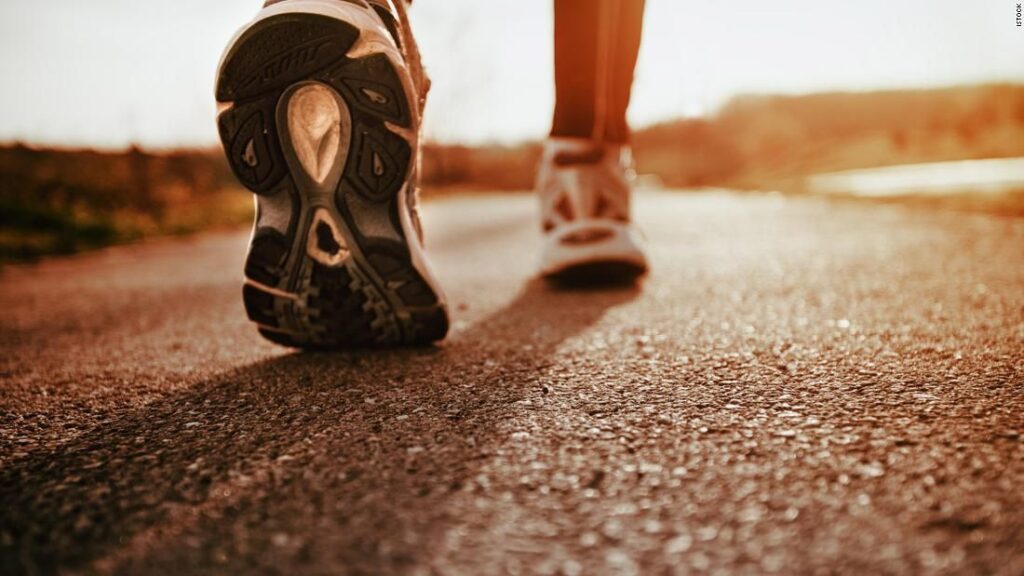
1. **Inaccurate Calorie Burn Estimates**One of the most frequently debated and consistently criticized features across the entire spectrum of fitness trackers is their ability to accurately estimate calories burned. These devices leverage complex algorithms that attempt to factor in variables like heart rate, age, weight, and activity type to generate a calorie expenditure figure. However, scientific studies have repeatedly exposed significant variations and inaccuracies, making them notoriously unreliable for precise dietary management.
For instance, research has shown that the percentage error for energy expenditure can be as high as 27.96% for devices like the Apple Watch, a figure far beyond what is acceptable for critical health decisions. Across various activities tested, including walking, running, mixed-intensity workouts, and cycling, this metric consistently proves inaccurate. Other studies found even larger discrepancies, with smartwatches and trackers potentially being off by a staggering 40% to 80% in their calorie burn calculations. Error margins can range from −21.27% to 14.76%, depending on the device and activity.
These considerable error margins stem from the reliance on generalized algorithms that simply cannot account for the vast individual metabolic differences inherent in every person. Every body burns energy uniquely, influenced by genetics, basal metabolic rate, body composition, and specific biomechanics of movement. Without personalized, clinical-grade metabolic testing, a wrist-worn device essentially makes an educated guess based on population averages, insufficient for precise caloric intake and expenditure data.
Therefore, while a fitness tracker might offer a “rough estimate,” it should not be the sole basis for critical dietary decisions or for anyone meticulously tracking their energy balance. Relying on these numbers blindly for weight management can lead to frustration and confusion. Seth Creasy, PhD, an assistant professor of endocrinology, cautions people from using these estimates to determine their eating behavior, a crucial piece of advice for all users.

2. **Limited Sleep Stage Tracking Accuracy**The promise of understanding your sleep architecture – differentiating between light, deep, and REM sleep stages – is a major draw for many fitness tracker users. These devices typically employ a combination of movement detection via accelerometers and heart rate variability (HRV) to infer sleep patterns and stages. While they provide general insights into sleep duration and consistency, their ability to precisely delineate specific sleep stages is significantly limited compared to the gold standard in sleep science.
The medical benchmark for accurate sleep analysis is polysomnography (PSG), a comprehensive test conducted in a sleep lab. This test monitors crucial physiological signals like brain waves (EEG), eye movements (EOG), and muscle activity (EMG), essential for precisely identifying and classifying sleep stages. Fitness trackers, relying primarily on wrist-based data and heart rate changes, fundamentally lack the necessary sensors to capture these intricate neurological and physiological shifts with clinical accuracy.
Numerous studies highlight these inaccuracies, finding that wearables tend to overestimate total sleep time and sleep efficiency, often by more than 10%. Furthermore, they frequently underestimate crucial metrics like sleep onset latency and wakefulness after sleep onset. Errors can range from 12% to an astonishing 180% when compared to PSG results, making the granular data presented on your sleep app regarding specific sleep cycles likely an approximation at best, and potentially quite misleading.
While these devices are useful for identifying general trends, such as frequent awakenings or inconsistent sleep schedules, users should approach specific sleep stage data with skepticism. Emily Hemendinger, MPH, LCSW, suggests focusing on overall patterns rather than nightly variations for better insights into sleep quality. The goal should be to use the tracker as a guide for building better habits, not as an exact, concrete diagnostic tool for sleep disorders, which require professional medical evaluation.
Read more about: Beyond Instinct: 14 Cutting-Edge Ways Pro Athletes Engineer Victory Through Data Analytics
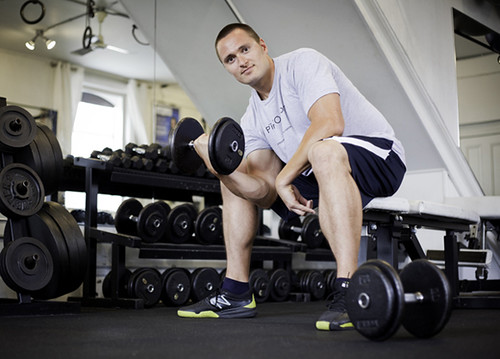
3. **VO2 Max as Mere Estimates**VO2 max, or maximal oxygen uptake, is widely recognized as a key indicator of cardiorespiratory fitness. This metric quantifies how efficiently your circulatory and respiratory systems can supply oxygen to your muscles during physical activity. Many modern fitness trackers attempt to estimate this metric, presenting it to users as a direct measure of their fitness level. However, experts like Seth Creasy, PhD, clarify that these are “simply estimates” and not precise, clinically validated measurements.
The gold standard for measuring VO2 max involves direct gas analysis in a sophisticated laboratory setting, typically during a maximal exercise test where expired gases are collected and meticulously analyzed. This method provides an accurate, physiological snapshot of an individual’s aerobic capacity. Fitness trackers, on the other hand, rely on predictive algorithms that combine data from heart rate, activity levels, and often personal information like age and gender to generate their VO2 max estimate.
While the ability of wearables to accurately estimate cardiorespiratory fitness has improved, and these predictions are generally “better when those predictions are generated during exercise (rather than at rest),” they remain just that – estimates. They cannot replicate the physiological rigor and precision of a laboratory test. The underlying algorithms are built on population averages and correlations, not individual, direct physiological measurements, which inherently introduces a margin of error.
For casual users, a trend in estimated VO2 max might offer a general idea of improving fitness over time, which can be motivating. However, for serious athletes or individuals with specific health conditions who require precise physiological data for training optimization or medical monitoring, these estimates are insufficient. As Creasy notes, they are “simply estimates,” serving as a guide, but should not be mistaken for the definitive assessment provided by professional sports science or medical evaluations.
Read more about: The Science of Speed: Unveiling How Just 15 Minutes of Fast Walking Each Day Can Add Years to Your Life
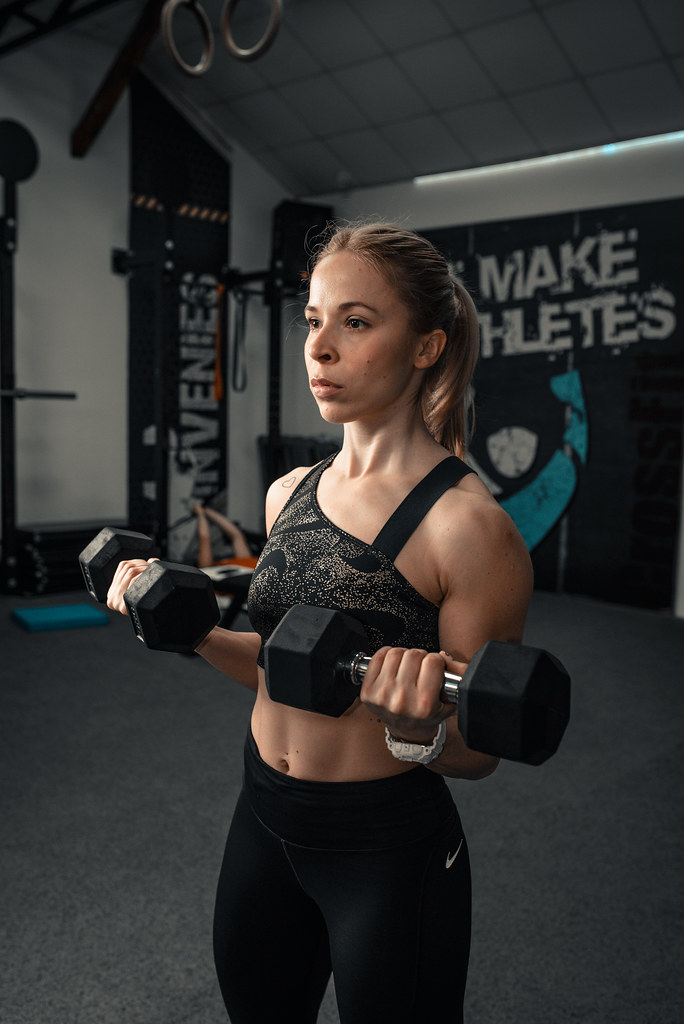
4. **Heart Rate Inaccuracies during High-Intensity Workouts**Heart rate monitoring is one of the foundational features of almost all fitness trackers, utilizing optical photoplethysmography (PPG) sensors to detect blood flow changes under the skin. Seth Creasy notes that “the heart-rate measurements on these fitness trackers have dramatically improved” and are “relatively accurate at measuring heart rate both at rest and during exercise.” However, this accuracy often diminishes notably during high-intensity or erratic movements.
While these optical sensors perform commendably for resting heart rates and during steady-state, moderate activities, their reliability can waver significantly when faced with rapid changes in heart rate, vigorous arm movements, or activities involving wrist flexion. During high-intensity interval training (HIIT), weightlifting, or sports that involve sudden bursts of activity, constant motion and muscle contractions can interfere with the light signals the sensor uses, leading to inaccurate or erratic readings. Research indicates fitness trackers may struggle during high-intensity workouts.
In contrast, chest strap monitors, which employ electrocardiography (ECG) technology, are considered the gold standard for continuous and accurate heart rate measurement during exercise. ECG devices detect the electrical signals of the heart directly, providing far greater precision, especially during dynamic and intense physical exertion. The optical sensors in wrist-worn trackers are susceptible to “motion artifact,” where movement causes signal interference, making it difficult to distinguish actual blood flow changes from noise.
Therefore, for casual users tracking general fitness trends, the heart rate data might be acceptable. But for competitive athletes, or individuals who rely on precise heart rate zones for performance training or monitoring heart conditions, potential inaccuracies during high-intensity workouts mean medical-grade devices or traditional chest straps are often preferred. As experts suggest, for precise monitoring, medical-grade devices are essential, demonstrating where convenience sometimes sacrifices precision.

5. **Impact of Skin Tone and Tattoos on Optical Sensors**The mechanism by which most fitness trackers monitor heart rate relies on optical sensors emitting light into the skin and measuring the reflected light. This method, photoplethysmography (PPG), is not universally accurate across all users. Both skin tone and the presence of tattoos pose specific challenges that can significantly affect the reliability of these readings, highlighting a design limitation impacting a segment of the user population.
Darker skin tones contain more melanin, a pigment that absorbs more light. This absorption makes it harder for the optical sensor to detect subtle changes in blood flow necessary for accurate heart rate measurement. Similarly, tattoos, especially those with dark or dense pigments, can obstruct light signals from penetrating the skin and reflecting back to the sensor effectively. This interference can lead to intermittent readings, erroneous data, or even a complete failure to register heart rate during activities.
A study specifically involving the Apple Watch Series 9 revealed that it can vary in energy expenditure and heart rate measures across different skin pigmentations, underscoring this pervasive issue. While manufacturers continually refine their algorithms and sensor technology, the fundamental physics of light absorption and reflection still present a hurdle. This means that for individuals with darker skin tones or extensive wrist tattoos, their fitness tracker experience might be inherently less accurate than for others.
To address this, recommendations often include adjusting the tightness of the device or, if possible, wearing it on the inner wrist where pigmentation might be lighter and tattoos less prevalent. However, these workarounds highlight a systemic struggle for these devices to provide consistently accurate data for all users, regardless of their physiological characteristics. This is a crucial factor in achieving precise health metrics that users should consider.
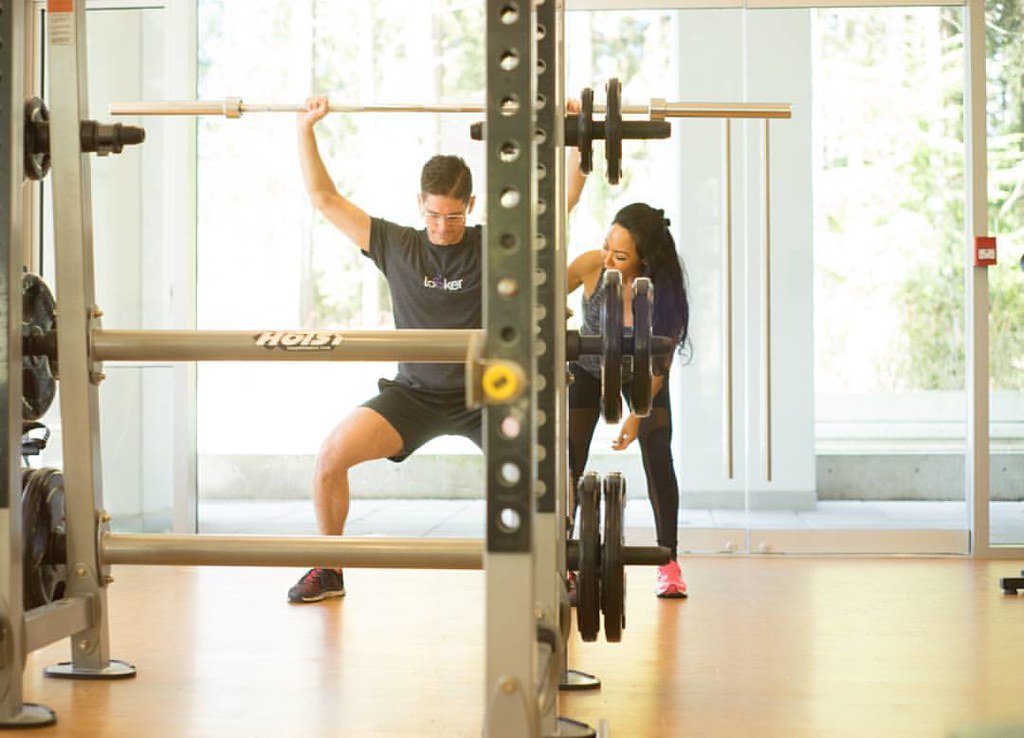
6. **Challenges with Non-Step Activities**While fitness trackers are generally “pretty accurate at measuring steps and minutes of physical activity,” their precision often plummets for activities that don’t involve traditional walking or running movements. The core design of many trackers heavily relies on accelerometers and gyroscopes to detect rhythmic motion, ideal for counting steps. However, this focus becomes a significant limitation when users engage in other popular forms of exercise.
Activities like cycling, swimming, weightlifting, or even pushing a stroller often involve different types of motion or minimal arm swing, which can easily confuse sensors designed primarily for linear, bipedal movement. For instance, “swinging your arms while sitting might register as steps, while pushing a stroller may not be counted at all.” This illustrates the device’s struggle to differentiate meaningful activity from extraneous motion or recognize significant effort that doesn’t conform to its pre-programmed patterns.
When engaging in activities such as cycling, where legs work intensely but arms are relatively stationary, many trackers fail to accurately log effort, distance, or calorie burn. Similarly, during strength training, sporadic, isometric, or highly varied movements of lifting weights are difficult for these step-centric sensors to quantify effectively. This leads to a skewed representation of a user’s total daily activity and energy expenditure, potentially undermining their fitness goals.
While higher-end models address this with dedicated activity modes and some incorporate GPS for outdoor activities, the fundamental challenge remains. Users often need to manually select workout types, and even then, algorithms may struggle to capture nuances of non-step movements. This means a significant portion of a user’s varied exercise routine might be underestimated or inaccurately recorded, making the tracker less useful for a holistic view of fitness.

7. **GPS Limitations in Certain Environments**For activities like outdoor running, cycling, or hiking, GPS (Global Positioning System) integration in fitness trackers is crucial for accurate distance, pace, and route mapping. Higher-end models boast this feature, promising precise tracking of outdoor adventures. However, even with GPS capabilities, fitness trackers encounter significant accuracy struggles in specific environmental conditions, leading to discrepancies that can frustrate users relying on definitive distance data.
The primary challenge for GPS functionality lies in environments where satellite signals are obstructed. Dense urban areas, with towering buildings and narrow streets, create an “urban canyon” effect. Here, GPS signals can be blocked, reflected, or weakened, leading to inaccurate position fixes, “drifting” on maps, or underestimated distances. Similarly, heavy tree cover, such as in dense forests or shaded trails, can also impede satellite communication, resulting in spotty or unreliable tracking data.
These environmental interferences mean that a run through a city park surrounded by skyscrapers or a hike deep within a forested trail might yield distance and pace data that deviates considerably from actual figures. While the tracker might still log an activity, the precision expected from GPS-enabled devices can be compromised, leading to frustration for athletes who rely on these numbers for training logs, race preparation, or performance analysis. Laura Kelley and Steve Stoytchev, for example, saw differing VO2 max and calorie burns on a climb, despite similar mapping results.
Moreover, GPS accuracy can also be affected by weather conditions, atmospheric interference, and the quality of the GPS chip within the device itself. While manufacturers strive to improve signal reception and processing, inherent limitations of satellite-based positioning systems mean that “even GPS-enabled devices can struggle” in less-than-ideal circumstances. Users should be aware of these limitations when interpreting their outdoor performance data, recognizing that perfect accuracy is not always achievable.
Having explored the foundational technical and physiological limitations of fitness trackers, our journey into their accuracy struggles continues. This next section delves into the broader systemic and contextual challenges that further impact the reliability of these increasingly ubiquitous devices. We’ll examine everything from the proprietary software behind their numbers to the ethical considerations of tying self-worth to a gadget, ultimately reinforcing why a balanced, informed approach is paramount when integrating wearables into your health regimen.
Read more about: Quietly Retired: Unearthing the Vanishing Manual Transmissions in Today’s Rental Car Market

8. **Varying Software Algorithms and Proprietary Data Interpretation**Beneath the sleek exteriors and vibrant displays of modern fitness trackers lies a complex web of software algorithms, each brand employing its unique formulas to interpret raw sensor data. These proprietary algorithms are the secret sauce differentiating one device’s calorie count from another’s, or one sleep tracker’s insights from another’s. While manufacturers continuously refine these calculations, the inherent variability across different brands means that an “accurate” reading on one device might be significantly different from another, even when tracking the same activity.
This divergence in algorithmic approaches becomes particularly evident when comparing similar metrics across devices. For example, while the Apple Watch demonstrated a mean absolute percentage error of 27.96% for energy expenditure, another study found the Fitbit Surge exhibiting a mean error of 27% for calorie burn. These figures highlight not just general inaccuracy, but also the fact that “different brands use varying formulas for calculating steps, calories, and sleep.” This makes direct comparisons between devices, or even relying on a single device for highly precise data, a challenging endeavor for users seeking definitive numbers.
The reliance on these distinct software interpretations means that all fitness trackers “have their own tracking methods, even if they often overlap.” This often translates to a lack of transparency regarding how specific metrics are derived. Users are presented with a number, but the intricate logic and assumptions behind it remain largely hidden. While this doesn’t necessarily invalidate the device for general trending, it makes it difficult for consumers and researchers alike to fully understand and account for potential biases or inaccuracies stemming from the software itself.
Ultimately, the varying software algorithms contribute significantly to the overall struggle with accuracy. They are built on different assumptions, optimized for different user populations, and tuned to emphasize certain metrics over others. This mosaic of proprietary data interpretation means that a universal standard of accuracy is hard to achieve, requiring users to approach any single device’s readout with a critical, informed perspective, especially when seeking granular or comparative data.

9. **The Rapid Pace of Device Releases Outpacing Scientific Validation**The consumer technology market is renowned for its relentless innovation cycle, and fitness trackers are no exception. Companies routinely launch new models annually, boasting improved sensors, enhanced features, and more sophisticated algorithms. While this rapid evolution fuels progress, it creates a significant systemic challenge: the pace of device releases consistently outstrips the timeline required for rigorous scientific validation.
As researchers point out, “the timeline for planning a study, obtaining ethical approval, recruiting and testing participants, analysing results, and publishing can often exceed 12 months.” Given that most companies operate on a yearly release cycle, this means that “by the time a study is published, the device under investigation is likely to already be obsolete, replaced by a newer model with potentially different specifications and performance characteristics.” This creates a perpetual game of catch-up for scientific inquiry, making it nearly impossible to provide up-to-date, comprehensive validation for the majority of products on the market.
This inherent delay has profound implications for user trust and informed decision-making. If scientific validation consistently lags behind product launches, consumers are often left relying on manufacturer claims without independent, peer-reviewed evidence to support them. Indeed, research indicates that “less than 5% of the consumer wearables that have been released to date have been validated for the range of physiological signals they purport to measure.” This alarming statistic underscores a fundamental gap between market availability and scientific substantiation.
The continuous churn of new models, while exciting for consumers, inadvertently contributes to the accuracy problem by making it difficult for either the scientific community or users themselves to definitively assess the reliability of what they’re wearing. This cycle highlights a systemic issue where commercial pressures often prioritize new features and aesthetics over thorough, independent verification of the core health metrics these devices promise to track.

10. **Inconsistent Research Methodologies and Lack of Standardization**Compounding the challenges of proprietary algorithms and rapid device cycles is the pervasive issue of inconsistent methodologies in research validating fitness tracker accuracy. When different research groups employ varied approaches to test a device, comparing their findings and drawing universal conclusions becomes incredibly difficult, contributing to the overall murkiness surrounding tracker reliability. This “lack of standardisation leads to conflicting results and makes it difficult to draw definitive conclusions about a device’s accuracy.”
The problem manifests in numerous ways. “One study might assess heart rate accuracy during high-intensity interval training, while another focuses on sedentary activities, leading to discrepancies that can’t be easily reconciled.” This makes it challenging to understand a device’s true capabilities across a full spectrum of real-world usage. Furthermore, “varying sample sizes, participant demographics, and experimental conditions – all of which add layers of complexity to the interpretation of our findings.” A device might perform well in a controlled lab setting with a small, homogenous group but struggle in diverse, real-world scenarios.
This inconsistent approach to validation means that even when studies are conducted, their findings may not be directly comparable or generalizable. The absence of a universally accepted protocol for testing creates a fragmented research landscape where robust, cumulative knowledge is difficult to build. Without a standardized framework, it’s hard to confidently say that Device A is ‘more accurate’ than Device B, because they may have never been tested under truly equivalent conditions.
For the consumer, this translates into a confusing marketplace where seemingly contradictory claims about accuracy abound. Without a clear and consistent scientific yardstick, making informed purchasing decisions based purely on accuracy metrics becomes a speculative exercise. This highlights a critical need within the scientific and manufacturing communities to align on standardized validation practices to truly advance our understanding of wearable device performance.

11. **Specific Accuracy Struggles for Individuals with Obesity**While fitness trackers often provide generalized data for a broad user base, their accuracy can severely falter when it comes to individuals with obesity. This demographic experiences unique physiological differences, including variations in walking gait, speed, and energy expenditure, which can directly impact how effectively these devices capture activity. Nabil Alshurafa, an associate professor of behavioral medicine, highlights that “most current devices miss the mark” for this group.
A key reason for this disparity is that “current activity-monitoring algorithms that fitness trackers use were built for people without obesity.” This fundamental oversight means the underlying models may not adequately account for the distinct movement patterns and metabolic profiles of individuals with higher body weight. For instance, “hip-worn trackers often misread energy burn because of gait changes and device tilt in people with higher body weight,” leading to significantly skewed data.
Even wrist-worn models, which offer improved comfort and adherence, have historically lacked rigorous testing and calibration specifically for individuals with obesity. This means that despite their widespread use, “we’re still in the dark about exactly how much activity and energy people with obesity really get each day,” as Alshurafa notes. This lack of tailored accuracy can be incredibly demotivating; Alshurafa was inspired to address this after seeing his mother-in-law, who has obesity, “worked harder than anyone else, yet when we glanced at the leaderboard, her numbers barely registered.”
However, there’s promising progress on this front. Scientists at Northwestern University have developed a new, open-source algorithm specifically “tuned for people with obesity” that aims to bridge this gap. This algorithm, tested against gold-standard methods, has shown the ability to estimate energy burn with “over 95% accuracy in real-world situations,” a significant advancement that ensures the hard work of individuals with obesity no longer goes unseen by their fitness trackers.

12. **The Potential Psychological Pitfalls of Over-Quantification**The constant stream of data from fitness trackers, while motivating for many, can also inadvertently lead to significant psychological pitfalls, especially for individuals predisposed to certain disorders. The pervasive “quantified self” movement, where if something isn’t logged it doesn’t count, can foster an unhealthy obsession with numbers, turning a helpful tool into a source of anxiety or distress. Mental health experts are increasingly vocal about these risks.
Emily Hemendinger, MPH, LCSW, clinical director of the OCD Program, warns that “these trackers can be dangerous for people with eating disorders.” The incessant tracking of calories expended, combined with calorie consumed, steps, and physical activity, “can easily become obsessive for some.” This focus on minute details can feed into existing disordered thinking, providing a seemingly objective metric that can exacerbate feelings of control or inadequacy related to food and exercise.
Hemendinger further explains that for some, the drive for quantification can be “a ‘quick’ and seemingly helpful way to feel a sense of control in one’s life.” However, she cautions that “that longing for control and projection of it onto food and exercise is often indicative of other issues.” In such cases, the tracker becomes less about health improvement and more about a rigid adherence to numbers, potentially blurring the lines between healthy tracking and compulsive behavior.
Moreover, reliance on these devices can tie one’s self-esteem and self-worth directly to the numbers displayed on a screen. If a tracker reports a ‘poor’ sleep score or a lower-than-expected calorie burn, it can trigger negative self-talk or feelings of failure, even if the user feels perfectly fine. Steve Stoytchev, a seasoned tracker user, wisely advises, “Listen to your body and don’t fall into the trap of using it blindly,” emphasizing that our internal cues should always take precedence over device readouts.
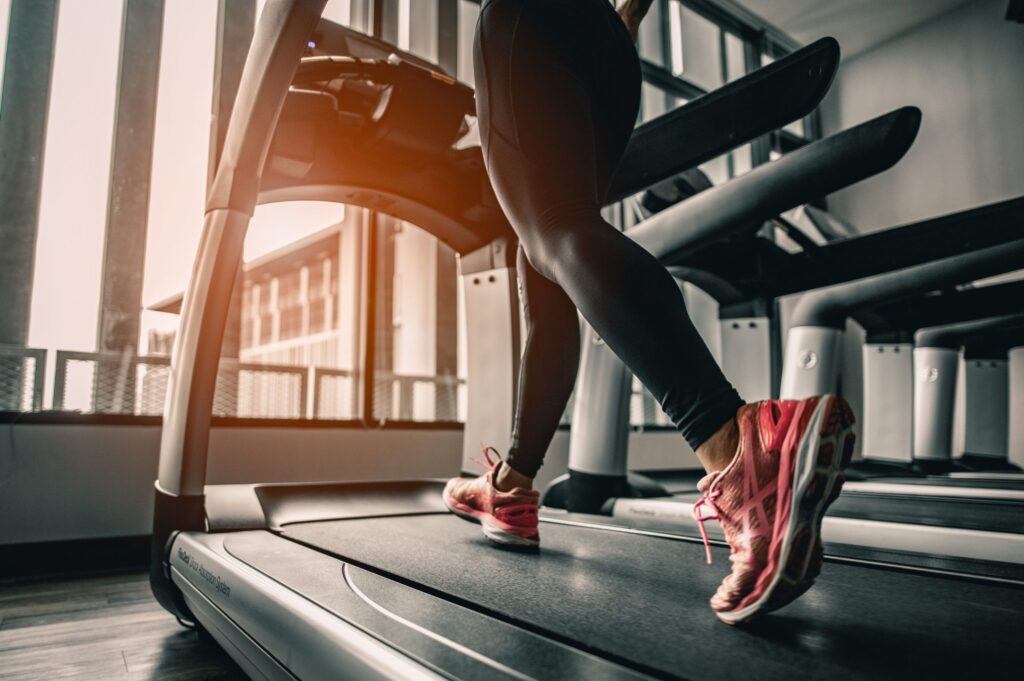
13. **Lack of Formal Scientific Validation for Most Devices**Despite their widespread adoption and the sophisticated claims made by manufacturers, a startling reality underlies the fitness tracker market: the vast majority of these devices lack formal scientific validation for the full range of physiological signals they purport to measure. This significant gap in rigorous testing means that many of the health and fitness details provided are not medically validated, requiring users to approach manufacturers’ claims with a healthy dose of skepticism.
An umbrella review of scientific literature revealed a concerning statistic: “less than 5% of the consumer wearables that have been released to date have been validated for the range of physiological signals they purport to measure.” This indicates a systemic issue where product development and marketing outpace the scientific rigor needed to establish true accuracy and reliability. While companies may conduct internal tests, these are not always subjected to the same independent, peer-reviewed scrutiny expected of medical devices.
This lack of validation means that users are often left to infer the accuracy of their devices through personal experience or anecdotal evidence rather than robust scientific proof. When devices claim to track intricate metrics like stress levels or specific sleep stages, the absence of independent validation casts doubt on the precision and clinical meaningfulness of these readouts. It underscores that “wearable devices are intended to guide users, not provide pinpoint accuracy or medical-level feedback.”
For consumers, understanding this validation deficit is crucial. It means that while a tracker might be a useful motivational tool, its data should not be considered equivalent to information derived from medically validated instruments or clinical assessments. The onus is placed on the user to interpret their data cautiously, recognizing that many of the numbers presented are estimations based on unverified algorithms rather than scientifically proven measurements.
Read more about: Unlocking Peak Potential: 12 Cutting-Edge Wearable Technologies Powering Professional Teams to New Performance Heights
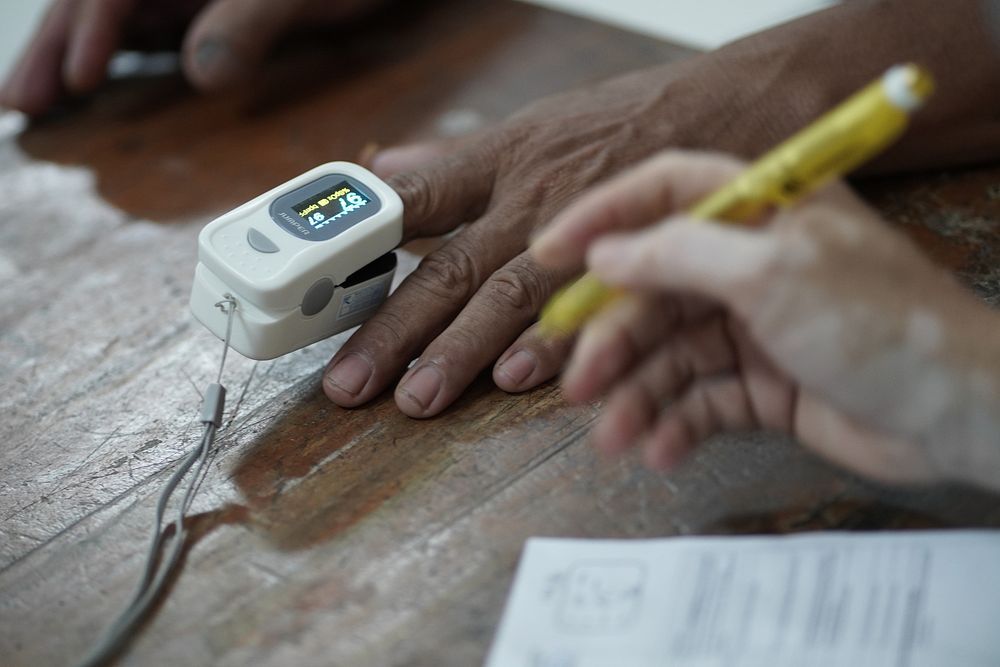
14. **Wearables as Guiding Tools, Not Definitive Medical Instruments**Perhaps the most critical takeaway from any in-depth look at fitness tracker accuracy is the overarching necessity of viewing these wearables as guiding tools rather than definitive medical instruments. Repeatedly, experts emphasize that while these devices offer valuable insights into general wellness trends, their data should not be misinterpreted as clinically precise or used for medical diagnosis. Seth Creasy, PhD, an assistant professor of endocrinology, states unequivocally that the data “should only be used as a guide.”
This distinction is paramount because, “despite their popularity, fitness trackers are not medical devices, and their measurements often rely on algorithms rather than clinical-grade sensors.” For instance, Emily Hemendinger, MPH, LCSW, advises focusing on “overall patterns rather than nightly variations for better insights into sleep quality,” stressing that the goal should be “to use the tracker as a guide for building better habits, not as an exact, concrete diagnostic tool for sleep disorders.” Similarly, VO2 max estimations are “simply estimates,” not definitive assessments.
The real-world experience of users like Steve Stoytchev reinforces this perspective. He notes that while his tracker is “right most of the time,” there are days “where I wake up feeling great and the watch says I’m tired. Or times when running or lifting weights and it fails to get my heart rate correct. Listen to your body and don’t fall into the trap of using it blindly.” This highlights that personal perception and physiological feedback should always be prioritized over the device’s readout.
Ultimately, your smartwatch or fitness tracker serves as “a tool to guide you through your wellness journey.” It can help you “build habits and make meaningful changes, not diagnose medical conditions.” By understanding their limitations and relying on them for general trends and motivation rather than absolute truth, users can “get the most out of your wearable without relying on it blindly,” ensuring that technology remains a supportive ally in overall wellness, not an infallible master.

15. **The Call for Standardized Validation and Industry Collaboration**The complex landscape of fitness tracker accuracy, marked by algorithmic variability, rapid product cycles, inconsistent research, and psychological pitfalls, underscores a pressing need for a more unified and rigorous approach to validation. As the technology continues to permeate health and lifestyle, a collective effort is required to ensure these devices evolve from innovative gadgets into truly reliable tools. This means advocating for a “more formalised and standardised approach to validation of devices.”
The path forward involves fostering “collaborative synergies between formal certification bodies, academic research consortia, popular media influencers, and the industry.” Such a multi-stakeholder network would allow for a comprehensive and consistent evaluation of wearable technology, augmenting “the depth and reach of wearable technology evaluation.” This collaboration would address the current fragmented research environment and the challenge of keeping pace with new releases, ultimately providing consumers with clearer, more trustworthy information.
Fortunately, “efforts are already underway to establish a collaborative network” aimed at fostering a richer dialogue among all stakeholders. This initiative seeks to ensure that the development and marketing of wearables are matched by robust, independent scientific scrutiny. The ultimate goal is to move beyond mere claims and establish a foundation of proven accuracy, making wearables genuinely reliable tools for health and wellness across diverse user populations.
This collaborative vision is essential for building long-term trust and maximizing the potential of fitness trackers. As consumers, it’s vital to remain discerning, but a concerted effort from industry, academia, and regulatory bodies can pave the way for a future where the data from our wrists is not just abundant, but also consistently dependable, truly empowering us on our health journeys.
Read more about: Mystery Solved: Decoding America’s Evolving Assembly Line—From Craftsmanship’s Ghost to Modern Marvels of Production
As we conclude this in-depth exploration, it’s clear that while fitness trackers have undeniably revolutionized personal health monitoring, their accuracy remains a nuanced and evolving conversation. They are powerful motivators and excellent for tracking general trends like step counts and activity minutes. However, for precise medical insights, caloric accuracy, detailed sleep stage analysis, or exact physiological measurements, they often fall short. The key, as always, lies in understanding their strengths and weaknesses, pairing their data with self-awareness, and seeking professional advice when needed. Don’t let the pursuit of the ‘quantified self’ overshadow the wisdom of ‘listening to your body.’ The best health journey integrates technology wisely, but ultimately, it’s driven by you.



